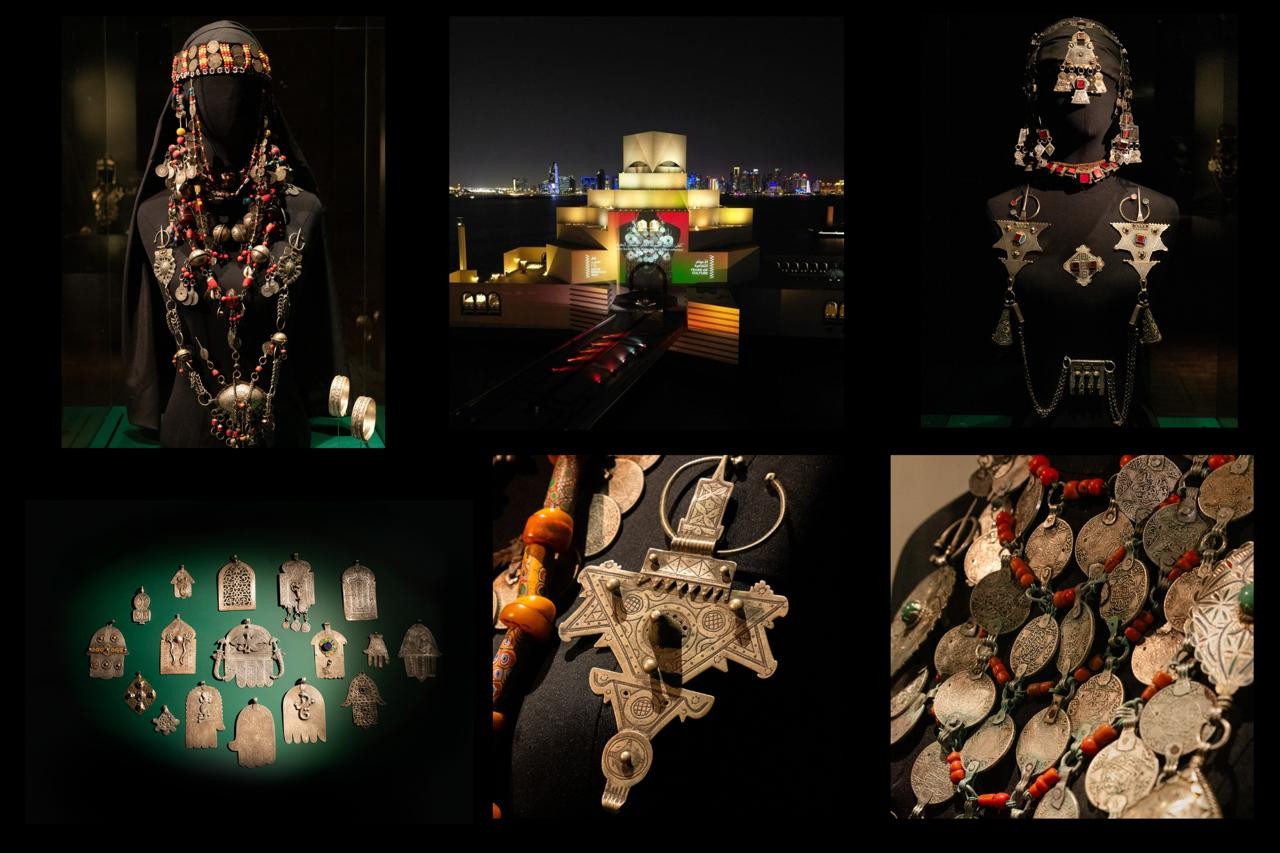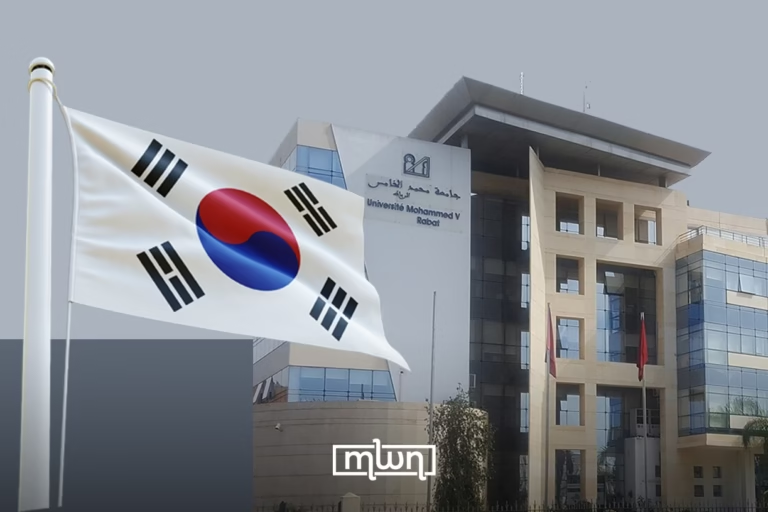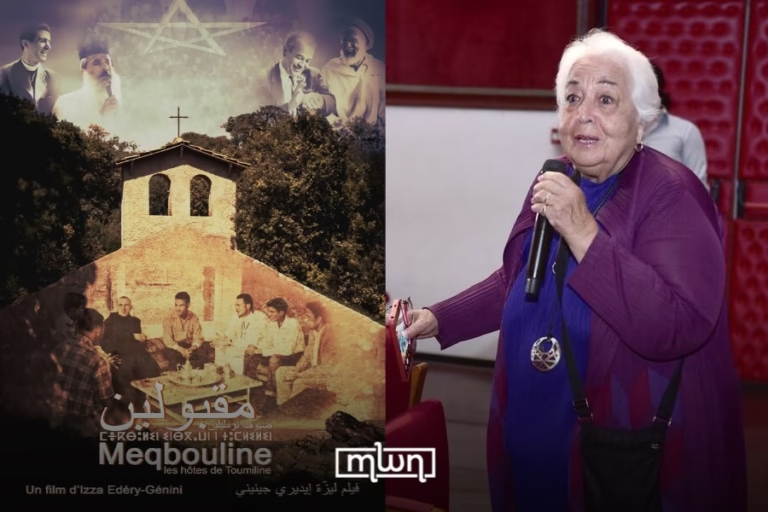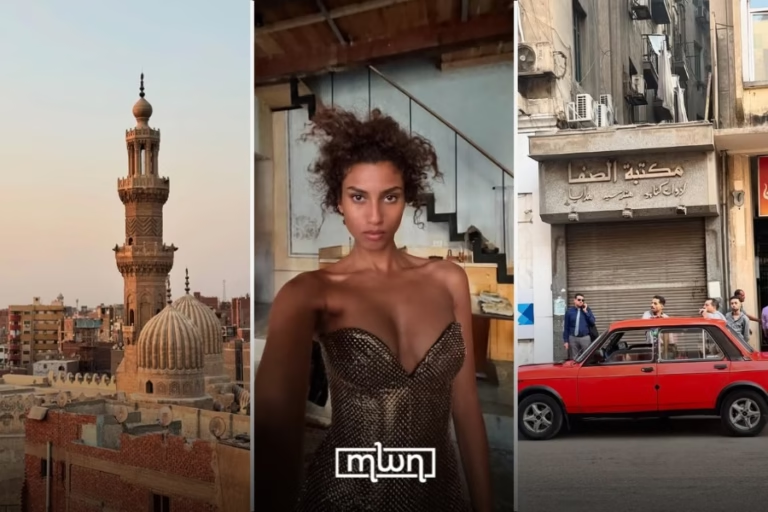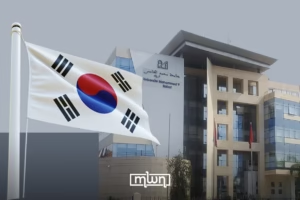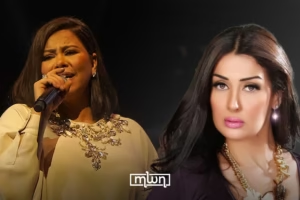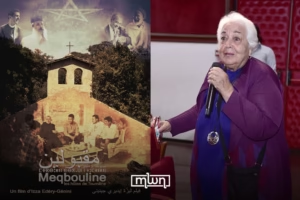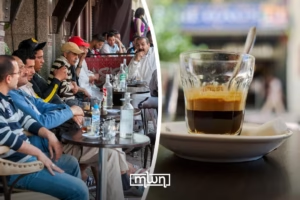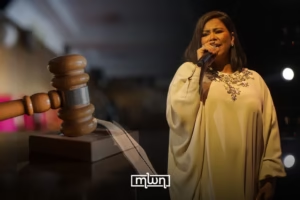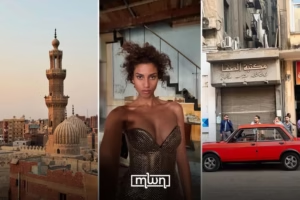Rabat – The organizers of the “Berber Jewelry Exhibition” at the Royal Palace at the Museum of Islamic Art in Doha expressed satisfaction with the event, which reflected the importance of the Amazigh jewlery as a cultural legacy.
The National Foundation of Museums of the Kingdom of Morocco and the Museum of Islamic Art in Doha organized the event with the support of the Moroccan Embassy in Doha.
The exhibition, which is part of the Qatar-Morocco Cultural Year 2024, was open to the public from February 20 to May 20. It featured a film that was crafted to capture the magnificence of this exceptional collection. It notably paid homage to the magnificence of about 200 exceptional pieces of Amazigh jewelry.
Initiated by King Mohammed VI, the exhibition marks the first time this collection has been exhibited outside of Morocco.
According to a statement from the organizers, the exhibit reflects the “deep historical ties between the two brotherly peoples,” with the aim of providing visitors with a face-to-face encounter with the collection of silver jewelry, taken from their permanent home at the Oudayas Museum in Morocco, part of the National Museum of Rabat.
The collection pays tribute to the artisans who intricately crafted these exceptional pieces and, notably, to the women who preserved these traditions.
Moroccans residing in Qatar, tourists passing through Doha, and Qataris themselves have expressed “great pride” in exploring this collection, which represents an exceptional facet of Morocco’s tangible and intangible heritage, the statement added.
Morocco and Qatar were officially designated as partners for the Cultural Year 2024 by the Years of Culture initiative, aimed at strengthening relations between nations and their peoples.
In April, Morocco’s Tourism Office (ONMT) emphasized the importance of the collection, saying that it” fills Moroccans in Qatar with pride.”
The head of ONMT, Adel El Fakir said that the collection “comprises 200 pieces of historical and cultural significance, representing various regions and ethnic groups of Morocco, from the Atlas Mountains to the Southern provinces.”
The event was coordinated by El Fakir, who is also the General Commissioner of the Qatar-Morocco Cultural Year 2024.
The exhibition also featured a comprehensive cultural experience, including traditional Moroccan music performances, henna tattoo demonstrations, and an oil painting inspired by the beauty of Amazigh jewelry.

